Estimated reading time: 7 minutes
Your dog has just finished a satisfying meal that you provided. He cleaned his plate, took a drink of water… and now he’s busy rubbing his face all over your carpet, your furniture, and anything else he can find at face level.
Have you ever wondered what causes dogs to rub their faces after a good meal? Is he expressing happiness with the food? Is he experiencing pain or discomfort from a cavity? Let’s talk about some of the common reasons behind this behavior.
Key Points
Reasons Your Dog Rubs His Face After Eating
Cleaning His Face
One simple explanation is that your dog may be trying to clean up. Just like us, dogs prefer tidiness, especially when it comes to their face. However, without hands, they often rub their snouts on surfaces or use their paws to clean up any food particles left after a meal.
So, if you notice your pet rubbing his face on the carpet after eating, there’s a good chance he’s simply tidying up.
Happiness or Pleasure
Have you ever seen your dog rolling around, wagging their tail, and rubbing their face on something right after a meal? If yes, this could be an expression of joy and satisfaction.
Similar to us sighing contentedly after a good meal, dogs too have ways of expressing happiness. Rubbing their face after eating is one such way your pup may be celebrating a tasty meal. Just as jumping around is a sign of your dog’s mood, face-rubbing could be their way of saying, “That was delicious!
Marking His Territory
The dog world is rich in scent communication. Invisible pheromones are serious business, and dogs often use them to mark their territory. When your dog rubs his face on something, he might be leaving his scent behind.
The corners of your pup’s mouth contain glands that produce pheromones. By rubbing their muzzles on various objects, including the floor after a meal, dogs are essentially saying, “This is mine.” This is a normal behavior rooted in their instinct to establish boundaries and claim ownership.
Self-Comfort
Just like humans have certain habits they perform for comfort, dogs do too. Rubbing their face against objects could be one way dogs soothe themselves. This action is akin to a human rubbing their temples when he’s feeling stressed.
Your dog may rub his face on the carpet after a meal not because there’s food stuck or something irritating him, but simply because it feels good. This could be a sign of a relaxed, happy dog indulging in a little post-meal comfort.
Allergies or Discomfort
Unfortunately, not all face-rubbing is harmless. If your dog is rubbing his face excessively after eating, it might be a sign of pain or discomfort.
This could be due to an allergic reaction to an ingredient in his food or a reaction to a new collar that may irritate his skin. Other causes could be fleas, mites, or other external parasites causing itchiness around their muzzle.
A more serious concern could be dental problems such as gum disease or a cavity causing discomfort. If your dog seems to flinch, eat less, or chew on one side of his mouth while eating, it’s essential to consult a veterinarian to rule out any medical issues.
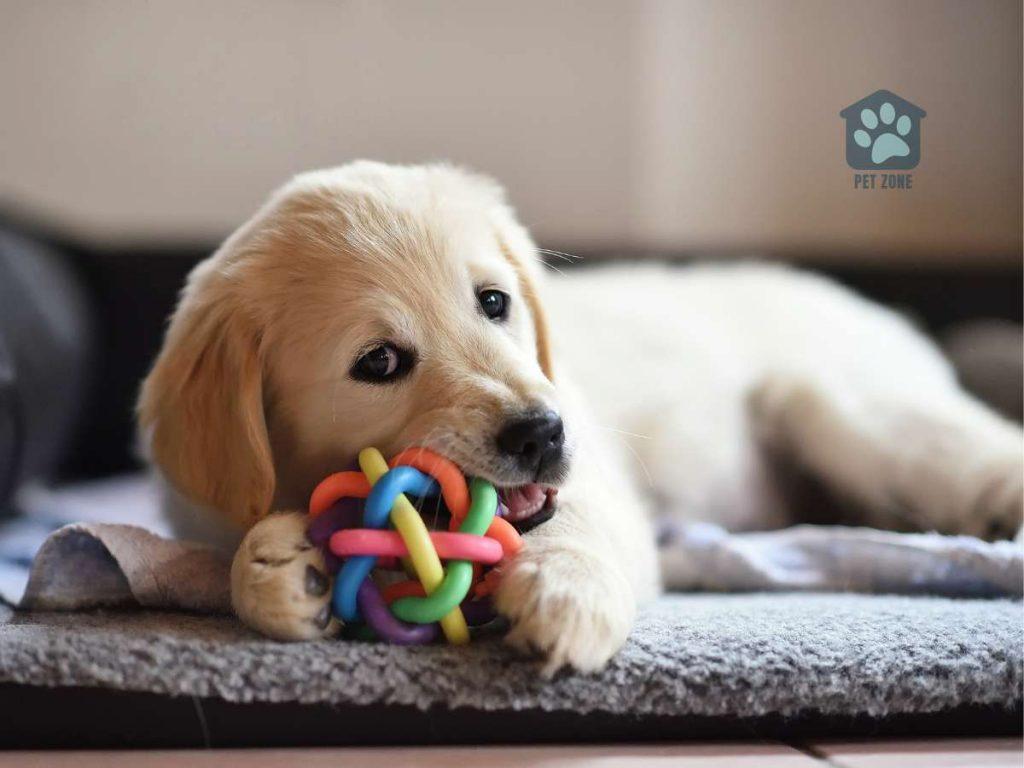
What to Do When Dogs Rub Their Faces After Eating
Now that we’ve explored the reasons why dogs rub their faces after eating, let’s discuss what you can do about it.
If your furry friend’s face-rubbing behavior is within normal limits and not causing any issues, there may be no cause for concern. However, if the behavior seems excessive or is accompanied by signs of discomfort, here are some steps you can take.
Monitor His Behavior
Monitoring the frequency and intensity of the face-rubbing behavior is the first step. Pay close attention to how often your dog engages in face-rubbing and observe the intensity of the behavior. Look for any patterns or triggers that may be causing excessive or prolonged face-rubbing. This will help you determine if there is a need for intervention.
Consult with a Vet
Consulting with a veterinarian is crucial in ruling out any underlying medical issues. Schedule a visit to discuss the face-rubbing behavior and any accompanying signs of discomfort.
A thorough examination by a professional can help identify any underlying medical conditions, such as allergies, skin irritations, or dental problems, that may be contributing to the behavior.
Based on their assessment, your veterinarian may recommend additional tests or treatments to address the issue effectively.
Assess His Diet
Assessing your dog’s diet is another important step. Examine the ingredients in your dog’s food and treats to identify any potential allergens or irritants.
If food allergies or sensitivities are suspected, consider switching to a hypoallergenic or specialized diet recommended by your veterinarian. Gradually introducing new foods will allow you to monitor your dog’s response and determine if any specific ingredient triggers the face-rubbing behavior.
Feeding Routine
Adjusting the feeding routine can also make a difference. Using a slow feeder or puzzle feeder will help slow down your dog’s eating pace, reducing the chances of food particles sticking to their face.
Additionally, using an elevated bowl can promote better swallowing alignment, minimizing mess around their face. Regularly cleaning your dog’s feeding area and dishes will prevent the buildup of food residue that can lead to itching or irritation.
Grooming Routine
Establishing a regular grooming routine is essential. After meals, gently wipe your dog’s face with a damp cloth, paying attention to areas around the mouth, nose, and eyes.
This will help remove any food particles or irritants that may trigger face-rubbing. Use pet-safe wipes or mild, hypoallergenic cleansers recommended by your veterinarian, especially for dogs with sensitive skin.
Chew Toys
Providing appropriate chew toys or dental treats can redirect your dog’s cleaning instincts. Chew toys and dental treats encourage chewing, which helps keep your dog’s teeth and gums clean.
By satisfying their natural cleaning instincts with appropriate items, you can reduce the urge to excessively rub their face after eating. Choose toys and treats specifically designed for dental health to promote oral hygiene.
Mealtime Environment
Creating a calm and stress-free environment during mealtime is also important. Designate a quiet and comfortable area for your dog to eat, away from distractions and noise. Maintain a consistent feeding schedule to establish a routine that your dog can rely on.
Avoid feeding your dog immediately after intense exercise or during periods of high excitement, as this can contribute to anxiety or overstimulation. Instead, provide a calm and positive atmosphere during mealtime, using soothing tones and positive reinforcement to create a relaxed environment.
Conclusion
To wrap things up, there are a variety of reasons why your furry friend might be rubbing his face after a meal. He could simply be wiping their face clean, expressing a wagging-tail level of joy, setting scent boundaries, or seeking some self-comfort.
But not all face rubbing is benign. If it’s excessive, it could be a cry for help due to allergies, irritation, or even a serious health concern. Consulting with a veterinarian when needed, fine-tuning their diet, and creating a relaxed mealtime environment can make a world of difference to our pups.
Engage with Us
We hope this post has given you valuable insight into why your dog might be rubbing his face after a meal. But remember, every pup is unique, and so is their behavior. If you’ve observed other interesting post-meal habits from your furry friend, we’d love to hear about them!
Feel free to drop a comment below, sharing your experiences and observations. Your input could help other pet owners better understand their own dogs’ behaviors.
Don’t forget to share this post with other dog lovers in your life. The more we share, the more we learn, and the better we can care for our lovable canine companions.
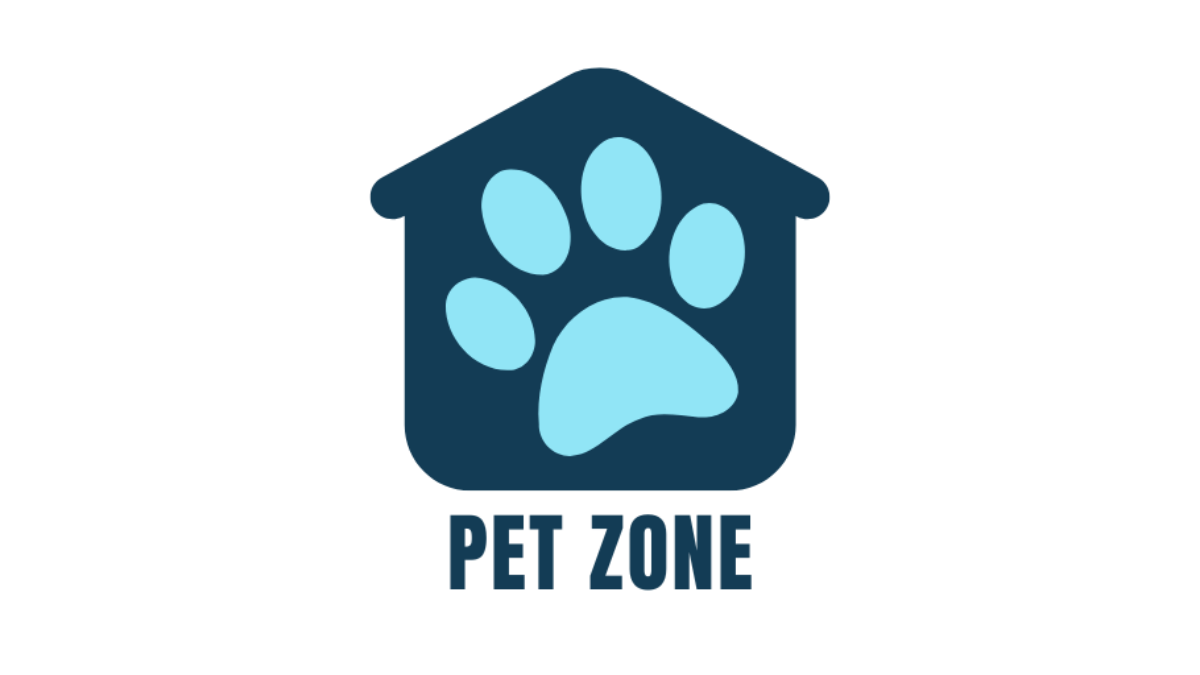
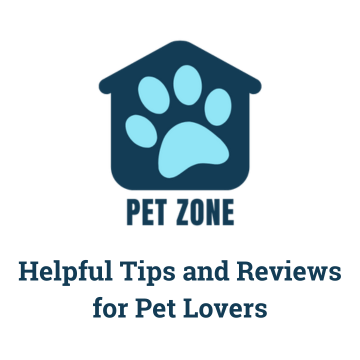
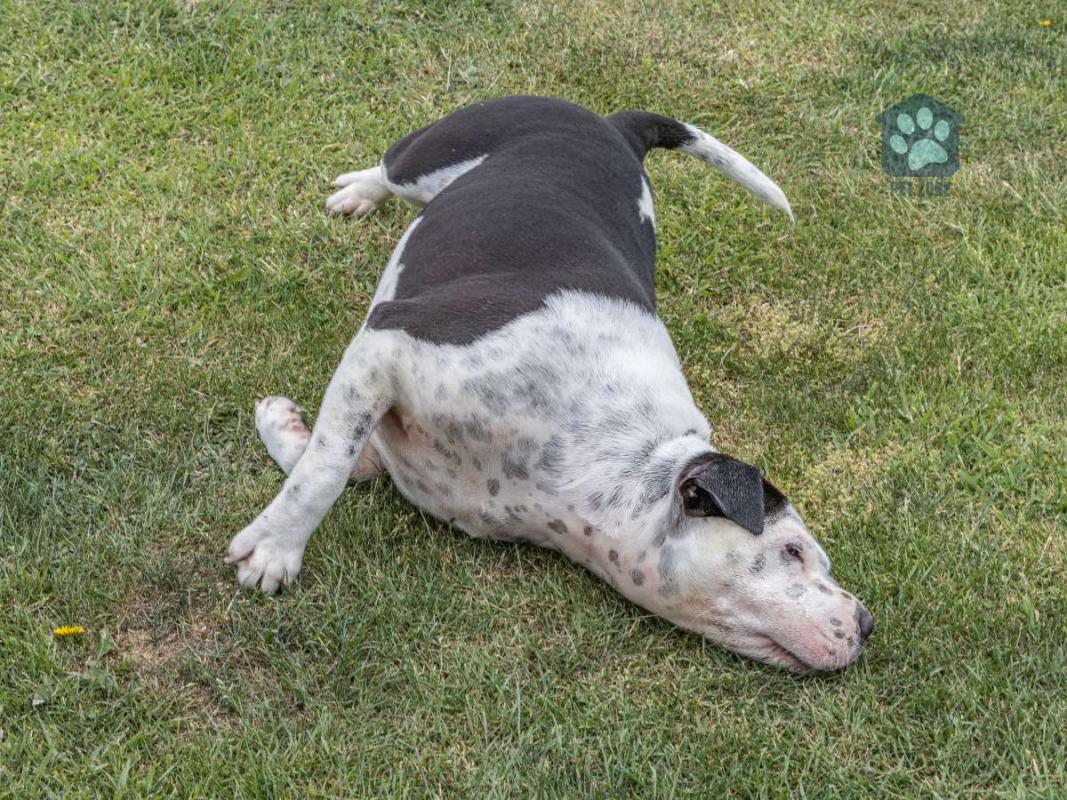
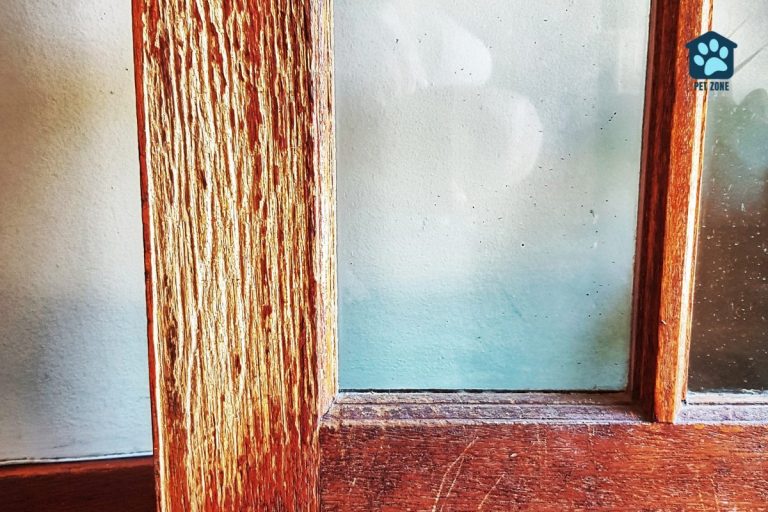
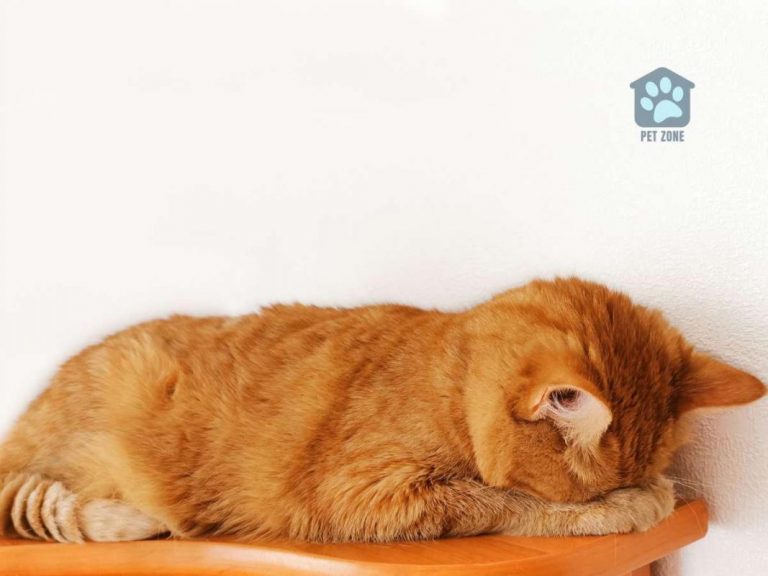
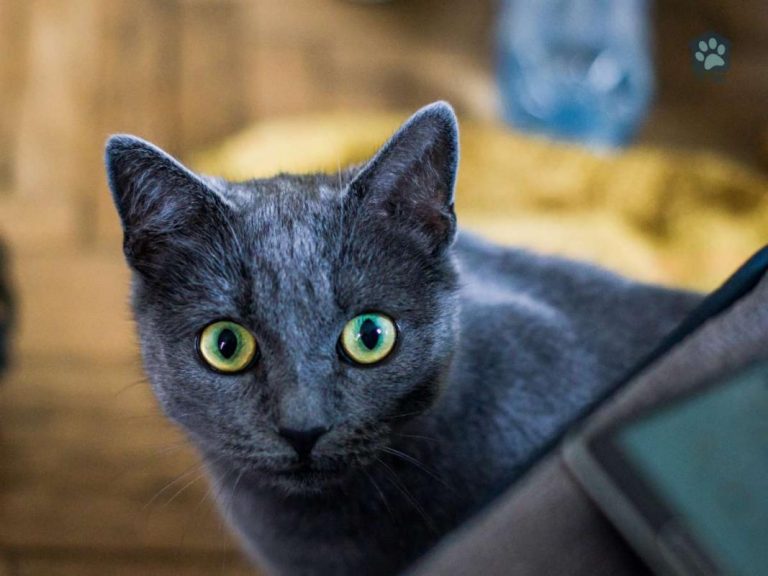
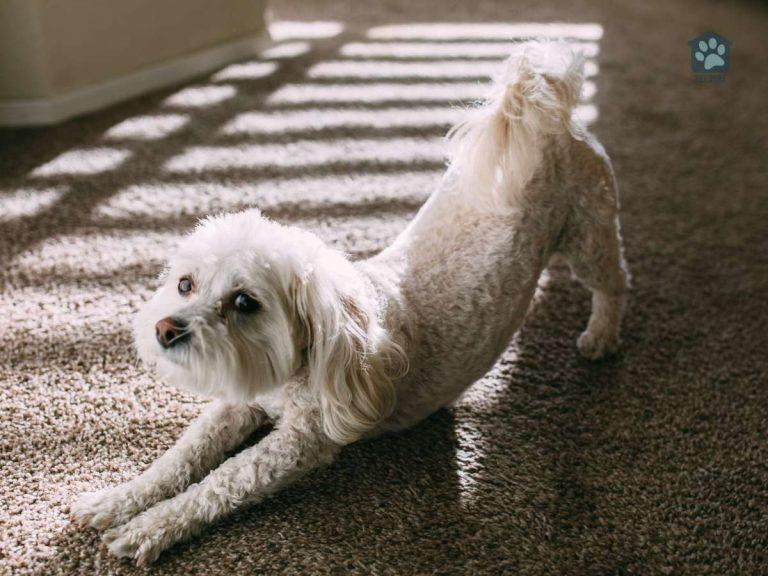
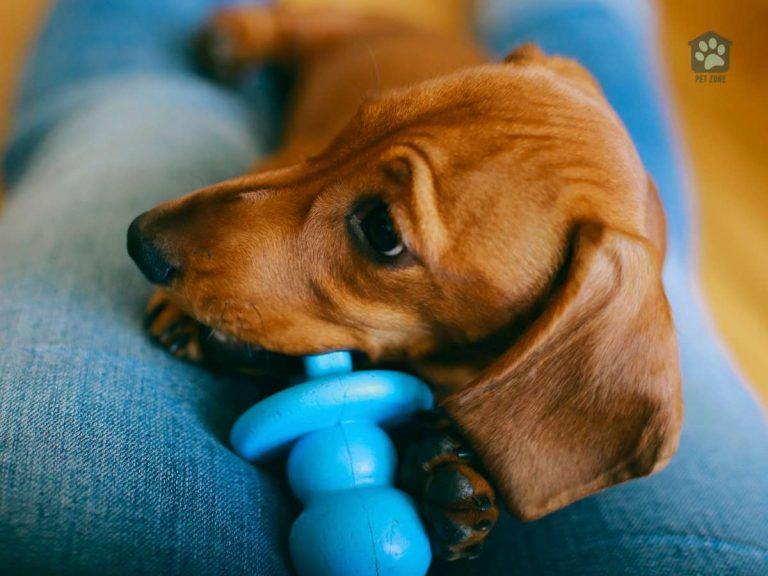
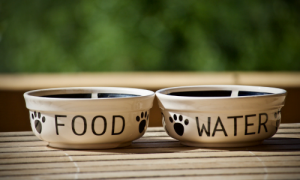
After my dog eats she likes to wipe her face on the living room or on my leg. She always been very good about cleaning herself up after meals. I told her I’m not a napkin.
Our dog ALWAYS does that after his meal. Problem is, his head is exactly as tall as the couch…and he prefers to do it on the couch while standing on the ground XD. Funny to look at, although it is one of the reasons why our couch is always covered with a blanket 😉
Amazing post! My dog, Anabell used to rub her face after eating and I didn’t know why she always did that. Now I know the possible reasons why she always did that. Thanks for sharing!